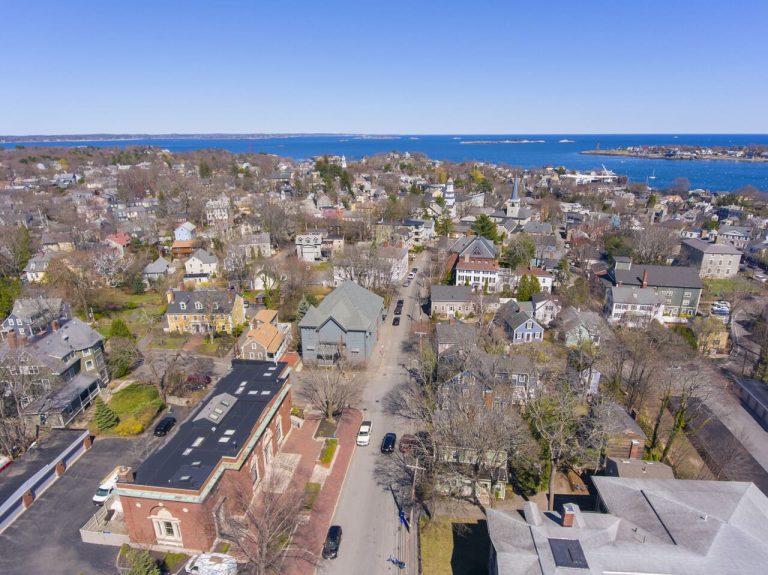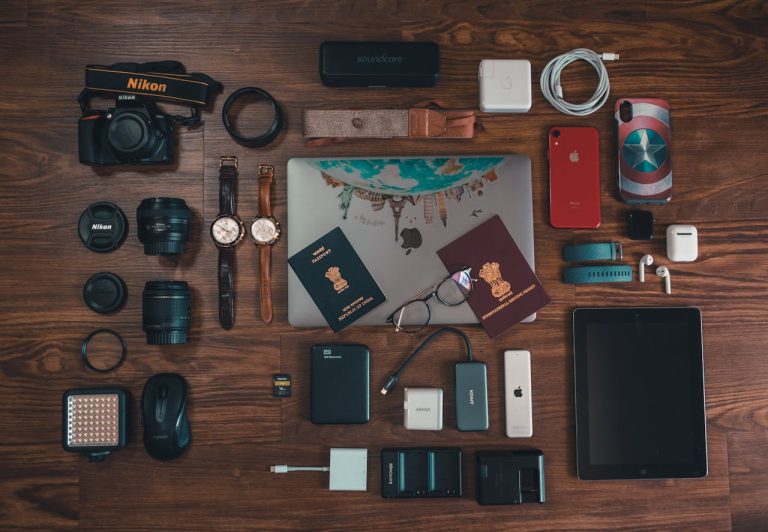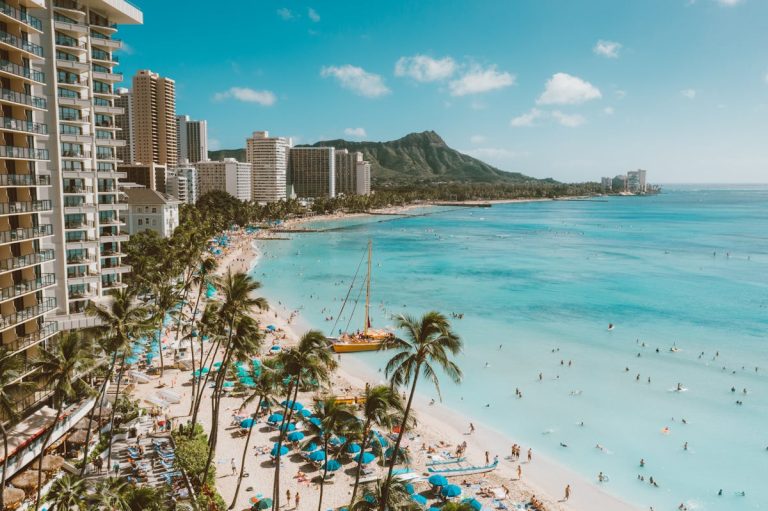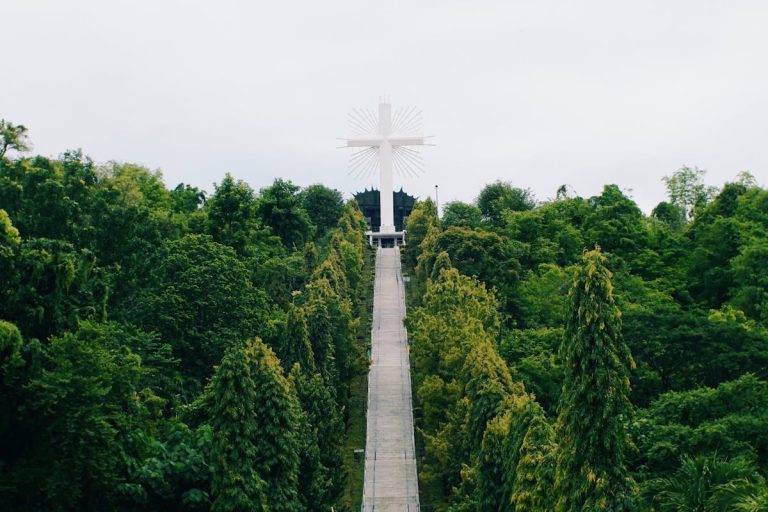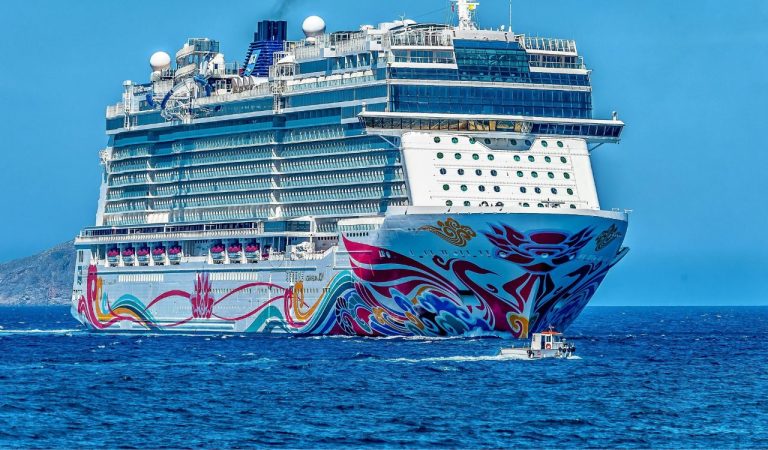10 Movie Towns Where Filming Changed Everything
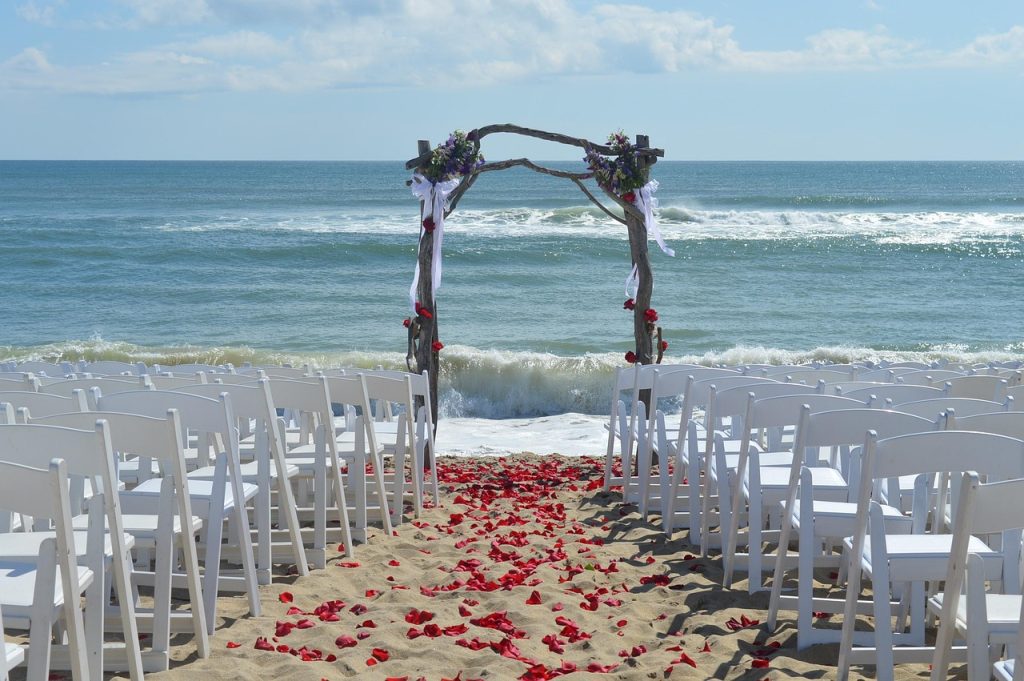
Sometimes a movie doesn’t just tell a story, it transforms the place where it’s filmed. A quiet town can suddenly become a tourist magnet, a backdrop can turn into a brand, and locals may find themselves living inside a legend. These film locations remind you that cinema isn’t confined to screens. It spills into real life, reshaping streets, economies, and identities. Here are ten towns where movie magic didn’t fade when the cameras stopped rolling it changed everything.
1. Forks, Washington – Twilight
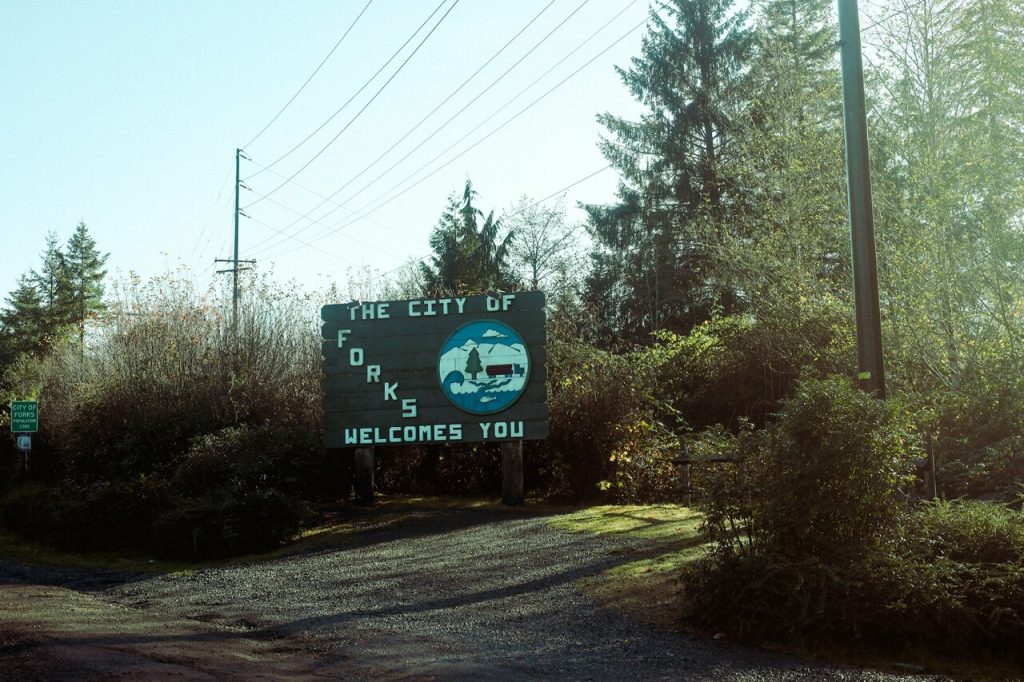
Before Twilight, Forks was a small logging town surrounded by rainforests and fog. After the vampire saga hit theaters, its quiet streets were flooded with fans chasing the world of Bella and Edward. Local shops began selling themed tours, souvenirs, and “vampire friendly” dining spots. The town leaned into its new fame and saw tourism become its economic lifeline. What was once a place known only to locals turned into a global pop culture destination that still draws visitors every year.
2. Savannah, Georgia – Forrest Gump
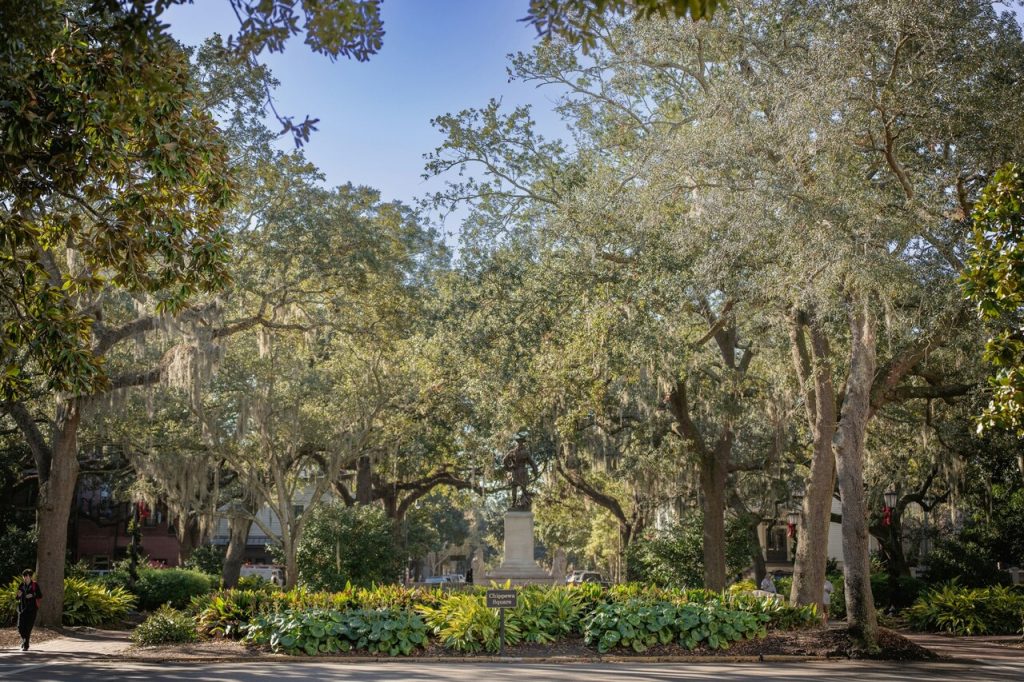
When Forrest Gump first sat on that bench in Chippewa Square, Savannah gained something priceless: cinematic immortality. Fans come to trace his footsteps, eat pralines nearby, and pose where “life is like a box of chocolates.” The movie’s charm helped boost Savannah’s reputation as a Southern gem, sparking decades of film tourism. Even as the bench moved to a museum, the square’s fame only grew. You can feel the movie’s heart in the city’s slow pace, oak lined streets, and storytelling spirit.
3. Albuquerque, New Mexico – Breaking Bad
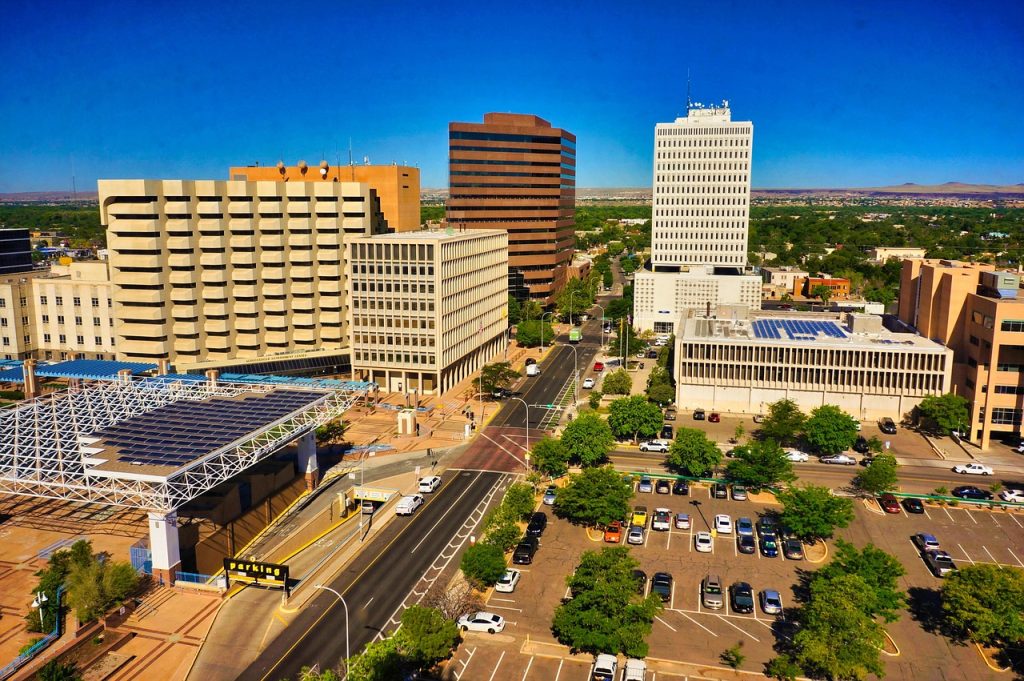
Breaking Bad didn’t just put Albuquerque on the map; it branded the city with a gritty, fascinating identity. Tourists began visiting Walter White’s car wash, Los Pollos Hermanos, and even the desert filming spots. Locals embraced the fandom, with businesses offering themed tours and merchandise. What was once seen as an ordinary Southwestern city became a symbol of modern television history. The show reshaped its image from overlooked to iconic, proving how storytelling can redefine a place’s personality.
4. Astoria, Oregon – The Goonies
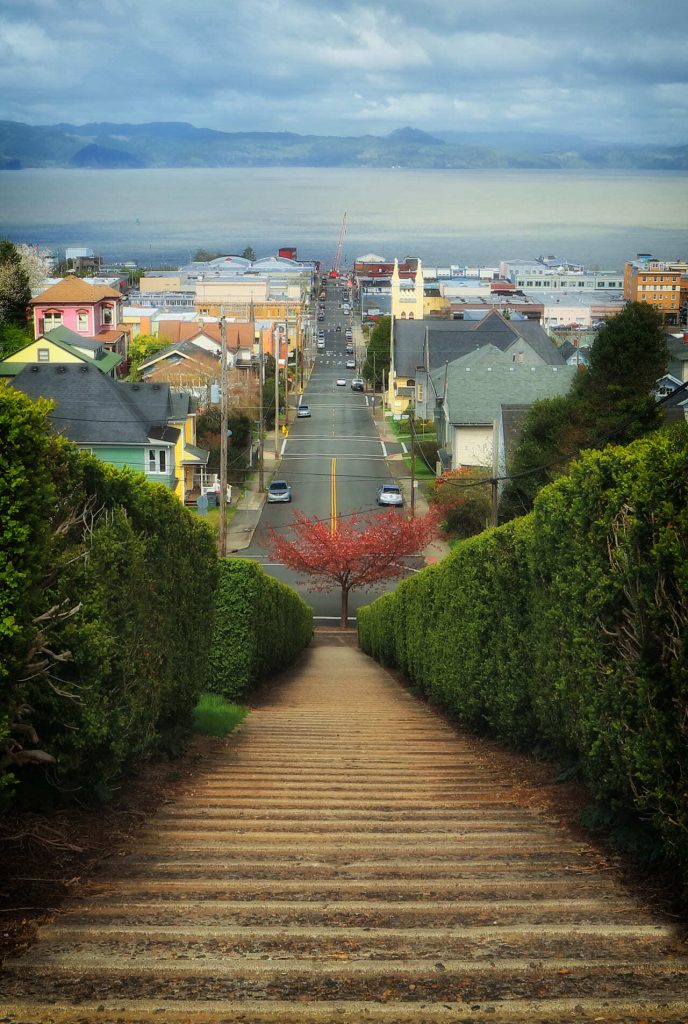
Astoria’s coastal charm turned legendary after The Goonies made it a symbol of childhood adventure. Fans travel from around the world to see the film’s house, the jail, and the rugged coastline that framed the treasure hunt. While the Goonies House now limits visits, the movie’s impact still powers local tourism and festivals. Astoria embraced its cult status with pride, blending nostalgia with local pride in every souvenir shop and guided tour. The town became timeless through film.
5. Martha’s Vineyard, Massachusetts – Jaws
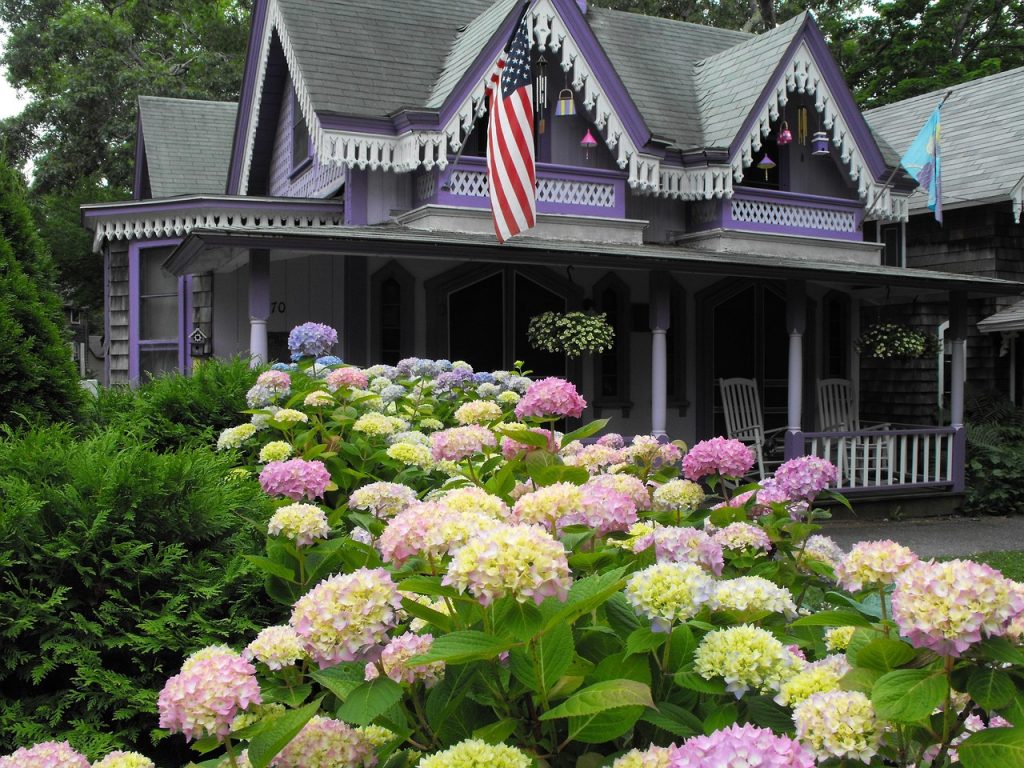
When Jaws turned Martha’s Vineyard into “Amity Island,” it created both panic and profit. The movie terrified audiences but drew waves of visitors wanting to see the filming sites. Locals still tell stories about the shoot and the mechanical shark that changed their summer. Tourism skyrocketed, and Jaws remains a cornerstone of the island’s identity. Each year, fans return to relive the film that made people afraid to swim yet desperate to visit the beach that started it all.
6. Salzburg, Austria – The Sound of Music
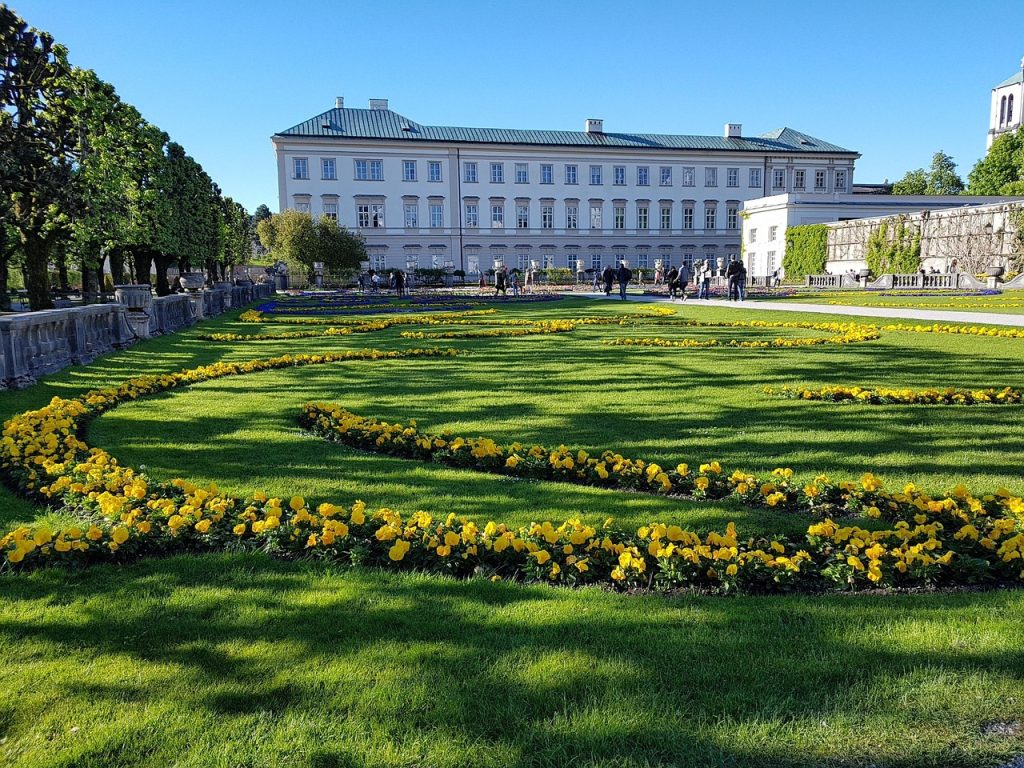
Few films have reshaped a city’s global image like The Sound of Music did for Salzburg. Once known for Mozart, it became the living stage for the von Trapp story. Fans now fill the gardens, abbeys, and hills where Julie Andrews sang, creating a tourism industry that thrives decades later. Local tours play the soundtrack as visitors twirl in meadows. The film turned Salzburg into a fairy tale destination that blends cinematic nostalgia with real Austrian beauty, forever entwined in pop culture.
7. Dubrovnik, Croatia – Game of Thrones
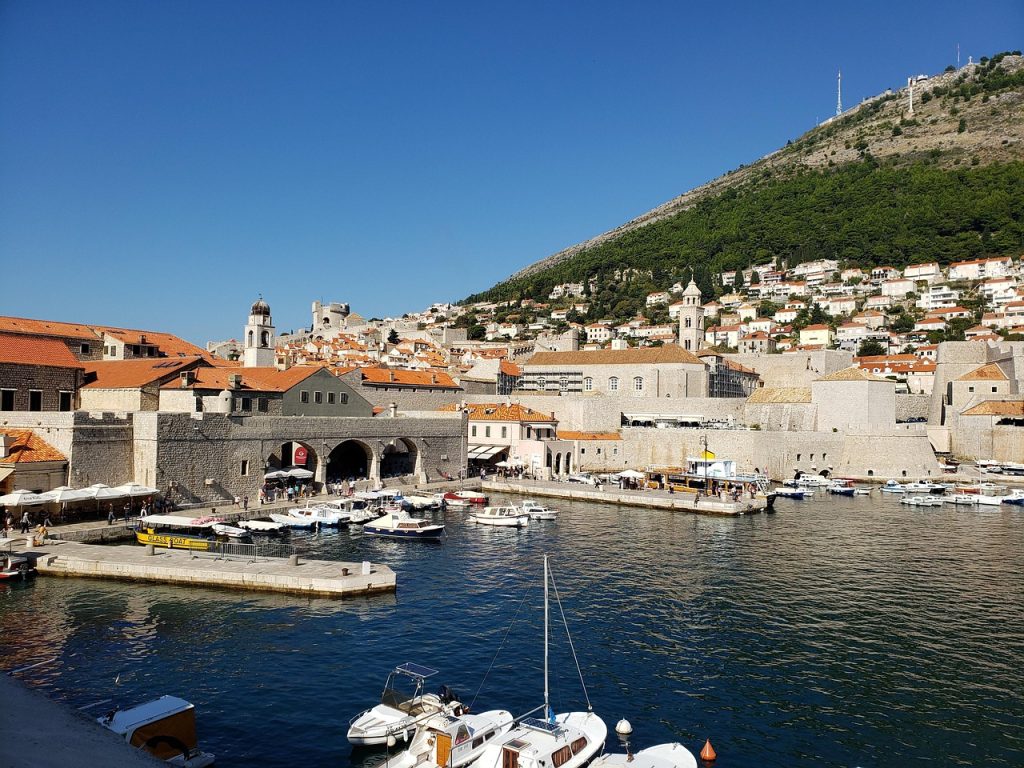
Game of Thrones transformed Dubrovnik’s old city into King’s Landing and drew millions of visitors who wanted to step inside Westeros. The influx revived the local economy but also strained the city’s infrastructure. Souvenir shops multiplied, cruise ships crowded the harbor, and “Winter Is Coming” signs filled the streets. Still, Dubrovnik became a global icon, showing how a TV show can elevate a medieval fortress town into one of Europe’s most visited destinations almost overnight.
8. Wadi Rum, Jordan – The Martian
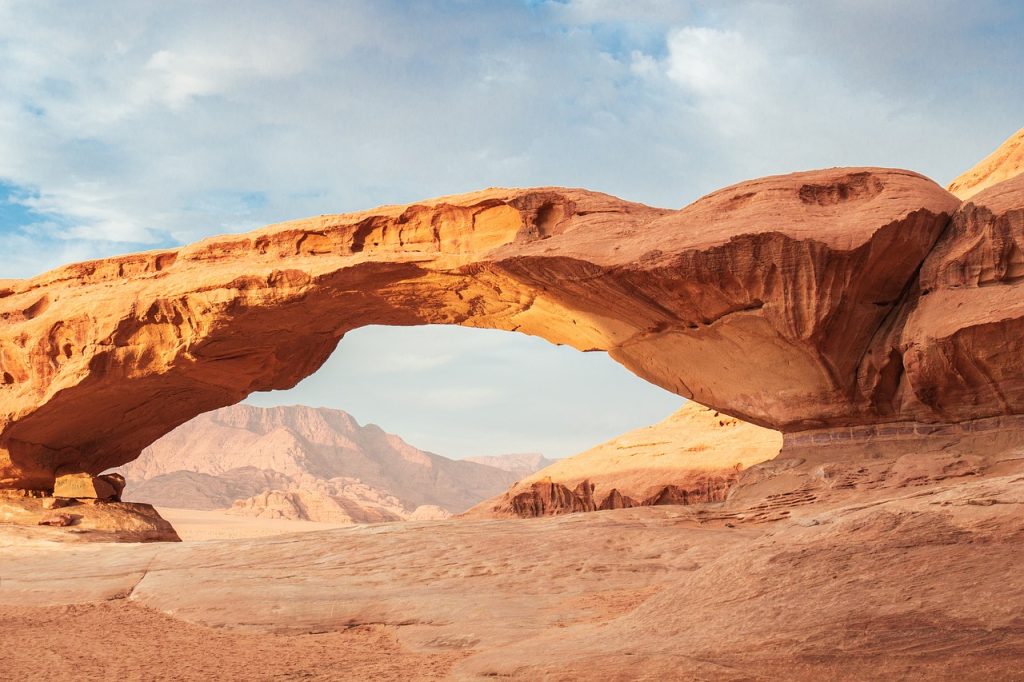
Wadi Rum’s red desert already looked otherworldly, but The Martian cemented it as Earth’s version of Mars. After the film, tourism surged as travelers sought the surreal landscapes seen in the movie. Local Bedouin guides built eco lodges and Mars style camps, giving visitors a sense of isolation and wonder. The film didn’t just showcase Jordan’s beauty it built a new kind of adventure tourism centered on film geography. What used to be remote desert became a futuristic travel bucket list stop.
9. New Zealand – The Lord of the Rings
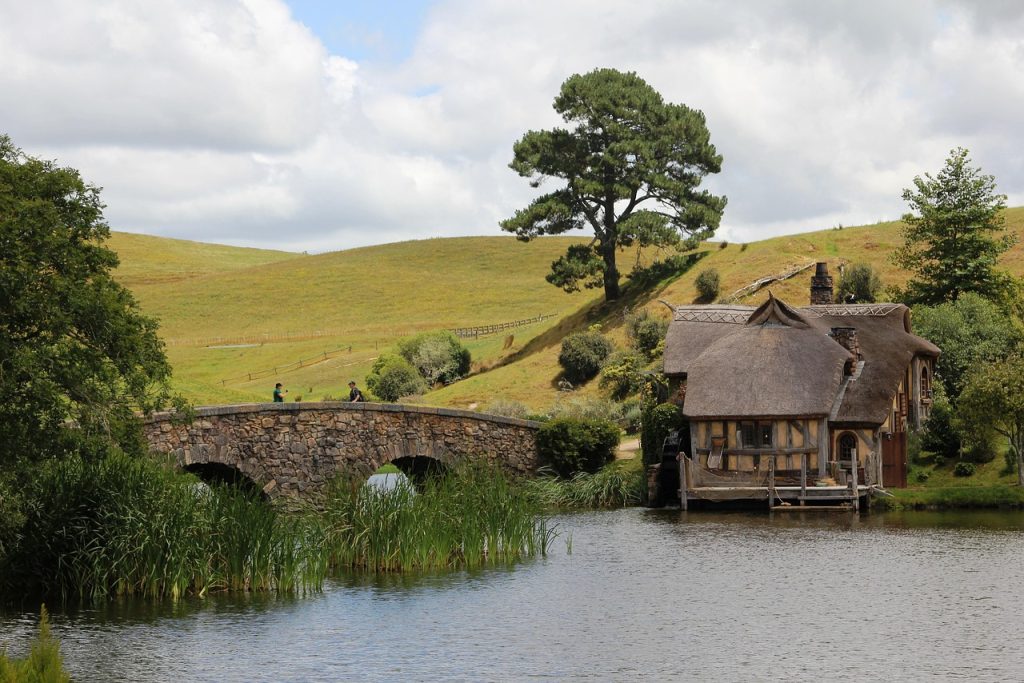
The Lord of the Rings didn’t just film in New Zealand; it redefined the country’s global image. The trilogy’s sweeping shots of mountains and valleys turned the islands into Middle earth. Tourism exploded, with fans traveling for Hobbiton tours, movie set hikes, and fantasy festivals. Even the government leaned into it, promoting “100% Middle earth” campaigns. The film’s impact was so deep that locals still call themselves part of Tolkien’s world. It’s cinematic tourism at its most enduring.
10. Skopelos, Greece – Mamma Mia!
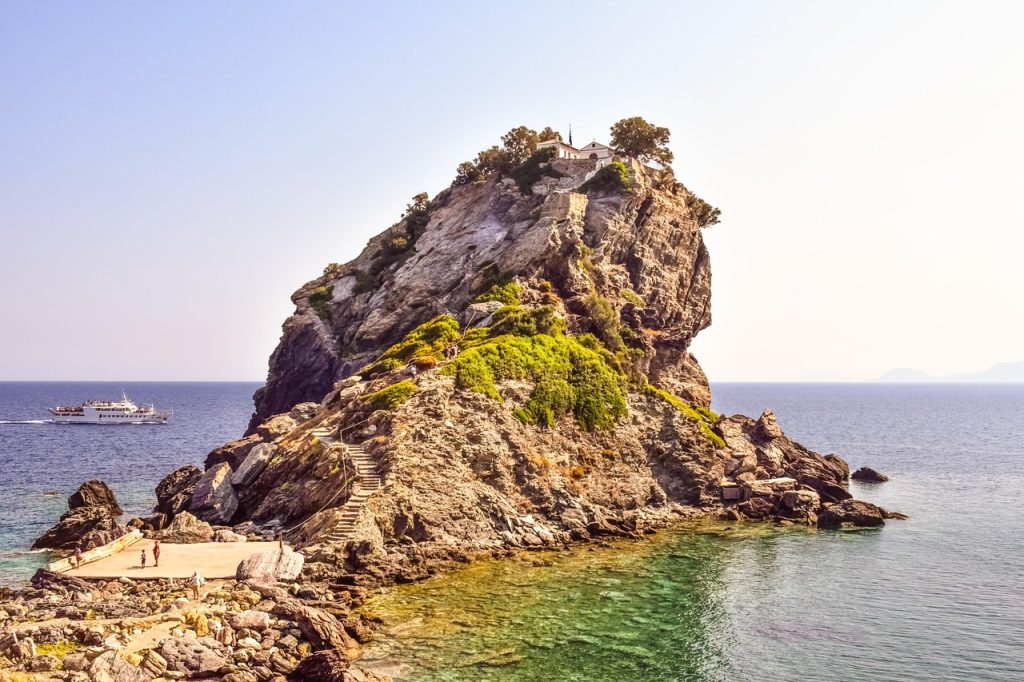
Skopelos was a quiet Greek island until Mamma Mia! turned it into a musical paradise. The movie’s wedding chapel, turquoise waters, and cliffside views made it a dream destination overnight. Locals quickly adapted, hosting themed boat tours and sing along nights for fans. Tourism more than doubled, and the island’s relaxed charm met newfound stardom. Visitors come for ABBA nostalgia but stay for the real-life beauty that inspired it. Skopelos proves how film can elevate even the smallest island into global fame.
